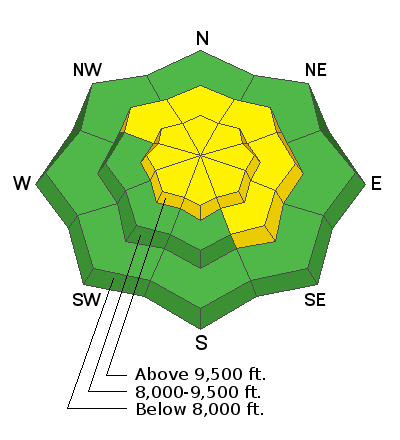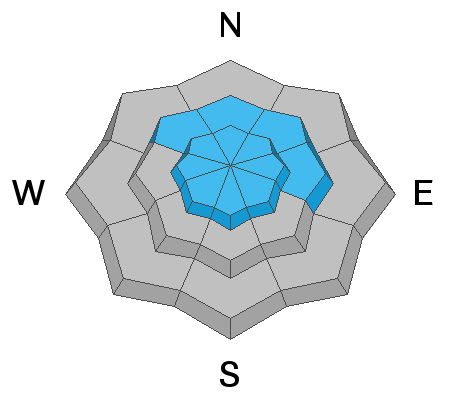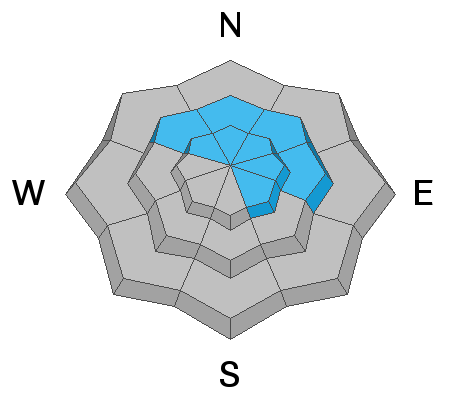Forecast for the Provo Area Mountains

Issued by Evelyn Lees on
Friday morning, March 1, 2019
Friday morning, March 1, 2019
A MODERATE AVALANCHE DANGER exists on steep, wind drifted slopes at the upper elevations and some mid elevation slopes. These reactive wind drifts will be most widespread on northwest through easterly facing slopes, and their size will increase with elevation. These avalanches are large enough to catch, carry and even bury a person, and could run far and fast on the hard old surfaces. There is also a MODERATE danger of triggering a larger avalanche breaking on a persistent weak layer near the ground, most likely on a slope with a shallow snow pack. Other terrain has a LOW avalanche danger, though isolated, small wind drifts or wet loose sluffs can still be triggered.

Low
Moderate
Considerable
High
Extreme
Learn how to read the forecast here










